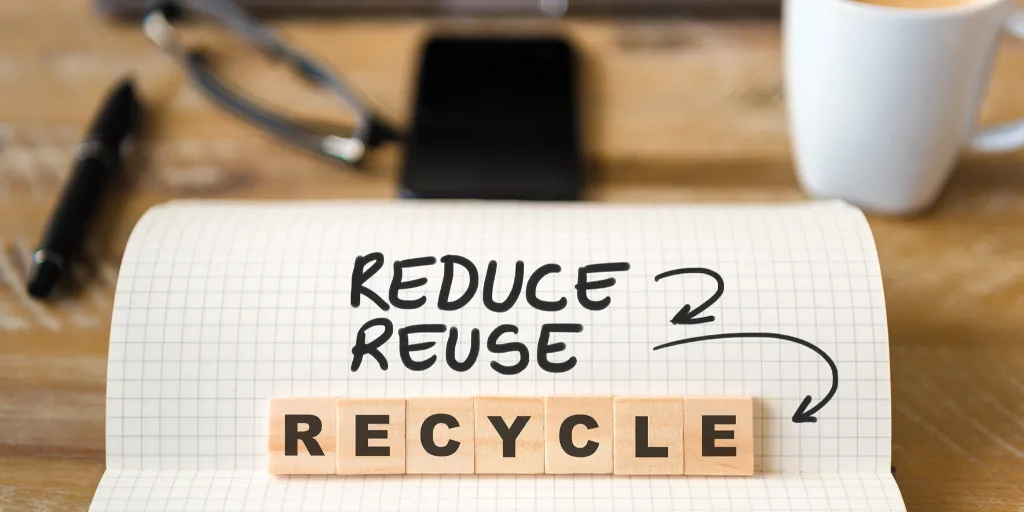With millions of us working from home, we actually have time to double-check whether that yoghurt pot is recyclable or not, what should we be doing with food waste and some general recycling tips that would make being green that little bit easier. Let's use this as an opportunity to create some new and improved recycling habits and make sure our recyclables are going in the right bin.
Here are our top tips for zero contamination in your recycling bins.
1. Check your recycling services are running as normal
Many councils are changing their recycling programs recently, so make sure your recycling efforts don't go to waste. If your council aren't collecting recycling or garden waste, we've created some new household services to help.
2. What should actually go in Mixed Recycling?
This is one of the biggest confusions in recycling. Mixed Recycling should only be; Paper products, Cardboard, Metal tins and cans, foil, and clean plastic bottles and containers. Some services allow glass but everything else should be standard. No flexible plastics, plastic bags or film. No other types of metals than tins and cans. Make sure the whole household knows.
3. Look out for the triangle symbols 1, 2 and 5; those are the ones that can go in your recycling bin.
You might be surprised about how much you can actually achieve recycling at home. We bet you're already pretty good with the stuff in the kitchen, like milk and juice bottles. But don't forget about the items you use in your bathroom, like shampoo and mouthwash bottles, or cleaning products, e.g. laundry detergent containers, they can also go in your recycle bin.
If you're ever unsure, just take a look at the packaging for the triangle symbol: 1, 2 or 5.
Find out more about the triangle symbols with our plastic grading poster.

4. Know the easy mistakes
Those greasy pizza boxes that you've always put in the recycling bin… Think again.
Turns out the grease on the cardboard makes part of the box non-recyclable. So, when you've finished eating that greasy pizza, have a look at the box, a little bit of grease is fine as recycling is washed at the facility but if the lower half is dripping in grease, it may have to be popped in your general waste bin. If the top half of the pizza box is nice and clean, you can put that into your recycling bin with the rest of your recyclable items.
Recycling at home also means you no longer need plastic water bottles, a glass or reusable bottle will do just fine!
5. Don't try to recycle flexible plastic/film at home, this includes plastic bags
This is something we often see. People think “It's plastic so it must be recyclable” but actually that flimsy plastic must go in your general waste. Think of it as 2D plastic. 3D plastic is fine to go in your recycling but 2D plastic – general waste.
For example, your blueberries tray is fine to go in your recycling bin but that little plastic film on top of it – general waste. The same goes with your bistro salad, the flexible packaging it is in, at home, general waste.
Plastic bags
When you are trying to reduce plastic waste, avoid plastic containers when possible. Bring your own bags to a grocery store or farmer's market. But you often still end up carrying a plastic bag. They can be reused and recycled at the local recycling center at larger supermarkets.
6. No tissues, blue roll, paper towel
Please pop all of that in general waste. Tissues and co already come from recycled materials and can no longer be recycled as the pulp is too weak.
7. Always avoid black plastic
The black colour means the optical sensors often used in your recycling center can't identify black plastic food trays properly when sorting during the recycling process. When buying food, try to watch out for that black plastic, and avoid bringing it into your home altogether. You will often find it sneaking into biscuit and crackers packaging, and occasionally sushi trays too.
Follow us on Twitter and Instagram to stay up to date with all things recycling.



